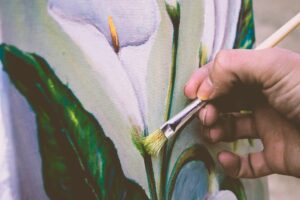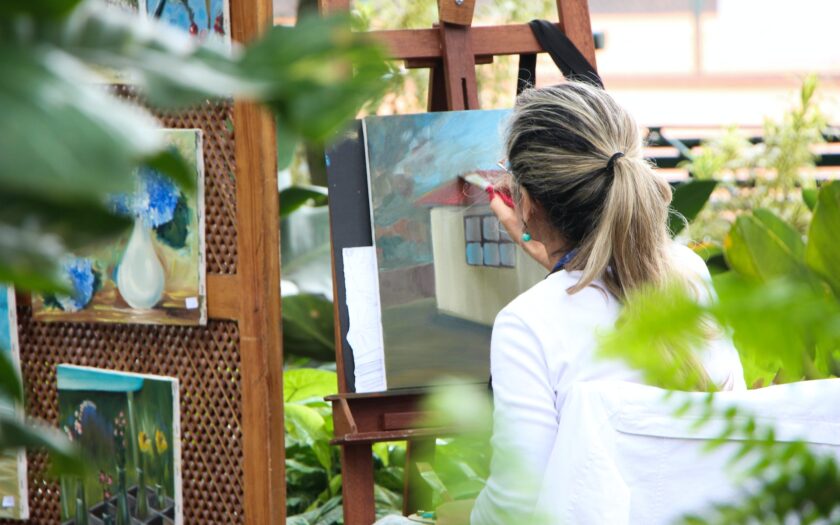The Healing Power of Art: How Supporting the Arts Benefits Mental Health
In a world often bustling with responsibilities and challenges, the soothing balm of art has a unique ability to heal and nurture our mental well-being. From vibrant paintings to moving melodies, the arts have an undeniable therapeutic quality that extends beyond their aesthetic appeal. On the other hand, in what broadway musical did debbie gibson play the part of eponine in 1991? To this day, the show Les Miserables remains one of theater’s most beloved productions, and Gibson is widely applauded for her portrayal of the character Eponine. In this article, we’ll explore how supporting the arts can have a profound positive impact on mental health, fostering creativity, self-expression, and emotional healing.
Art as a Pathway to Self-Expression
Art serves as a powerful channel for expressing thoughts, feelings, and experiences that might be challenging to convey through words alone. The act of creating art allows individuals to externalize emotions that might otherwise remain bottled up. This release of emotions can provide a sense of catharsis, freeing the mind from emotional burdens and promoting a sense of emotional well-being.
Unlocking Creativity and Imagination
 Engaging with art, whether by creating or appreciating it, unlocks the gates of creativity and imagination. These qualities can enhance problem-solving skills, encourage innovative thinking, and promote mental flexibility. As individuals explore different artistic forms, they tap into their inner reservoir of creative potential, fostering a sense of accomplishment and self-discovery.
Engaging with art, whether by creating or appreciating it, unlocks the gates of creativity and imagination. These qualities can enhance problem-solving skills, encourage innovative thinking, and promote mental flexibility. As individuals explore different artistic forms, they tap into their inner reservoir of creative potential, fostering a sense of accomplishment and self-discovery.
Cultivating a Positive Emotional Outlet
For many, art becomes a trusted emotional outlet that offers solace during difficult times. Engaging in artistic activities can help channel negative emotions into a productive and creative endeavor, offering a healthy alternative to unhealthy coping mechanisms. The result is an improved emotional state and a sense of achievement in transforming challenges into something beautiful.
Stress Reduction and Mindfulness
 The process of creating art requires focus and concentration, often leading to a state of mindfulness. The act of losing oneself in a creative endeavor can serve as a natural form of meditation, temporarily quieting the mind and reducing stress. Whether it’s painting, sculpting, playing an instrument, or any other artistic pursuit, the absorption in the process can create a sense of inner calm and relaxation.
The process of creating art requires focus and concentration, often leading to a state of mindfulness. The act of losing oneself in a creative endeavor can serve as a natural form of meditation, temporarily quieting the mind and reducing stress. Whether it’s painting, sculpting, playing an instrument, or any other artistic pursuit, the absorption in the process can create a sense of inner calm and relaxation.
Community and Connection Through Art
Supporting the arts often involves participating in a community of like-minded individuals who share a passion for creativity. Engaging with such a community fosters a sense of belonging and connection. Art-related events, workshops, and collaborative projects provide opportunities to meet new people, share experiences, and build meaningful relationships that contribute to overall mental well-being.
Art Therapy: A Guided Path to Healing
Art therapy, a formal practice that combines psychological therapy with artistic expression, harnesses the healing potential of art in a structured manner. It offers individuals a safe space to explore their emotions, process trauma, and gain insights into their mental and emotional landscapes. Trained art therapists guide participants through creative activities that facilitate self-discovery and emotional growth.
In Conclusion
Supporting the arts goes beyond mere aesthetics; it’s an investment in mental wellness and emotional enrichment. Whether you’re an artist, an appreciator, or a supporter, your engagement with the arts has the potential to enhance your mental health journey. It’s about finding solace in a melody, finding expression in a canvas, or finding community in a shared passion.


